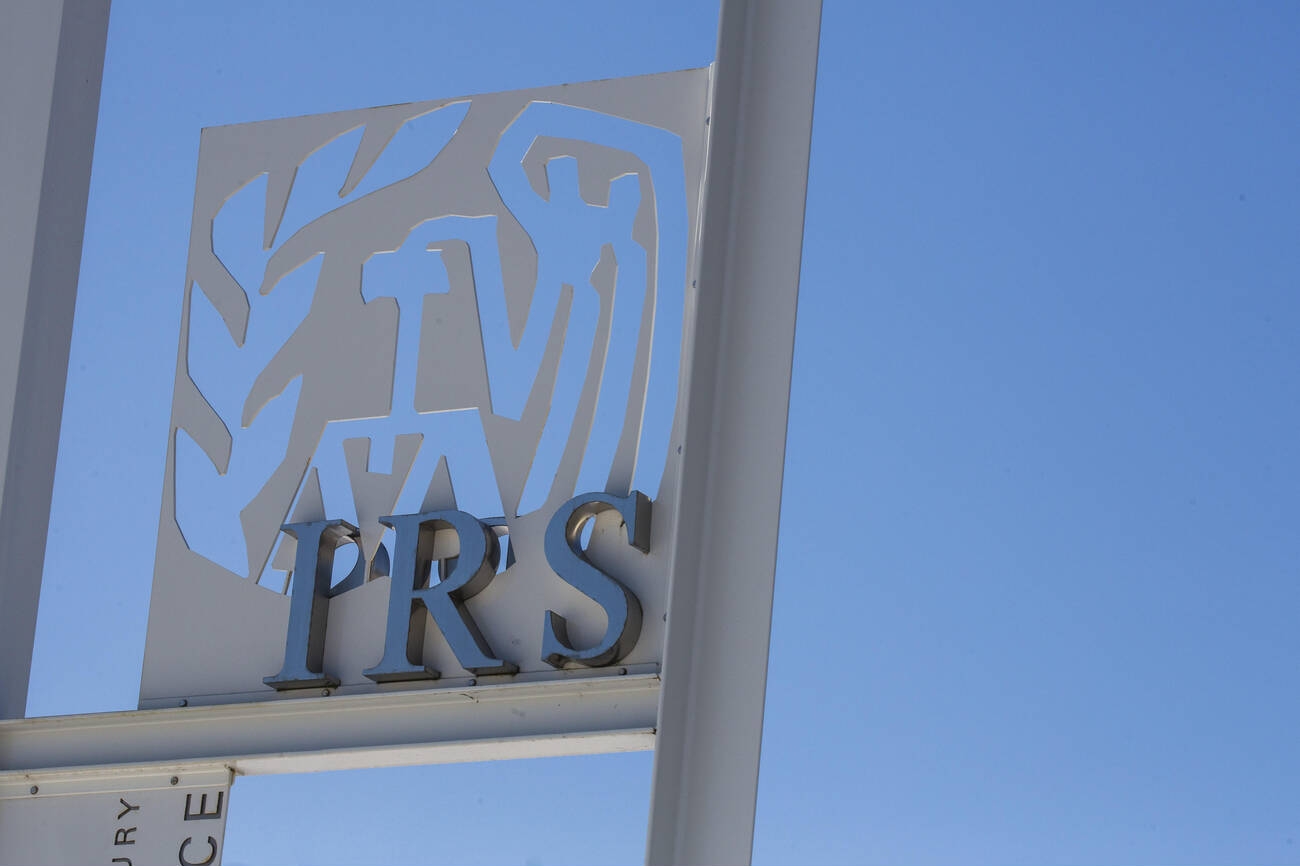When advising clients about important financial decisions, tax advisors have a tremendous responsibility to think about all aspects of transaction in the context of a client’s specific situation. A lack of thoroughness can lead to poor advice, which can be extremely costly to our clients, and even put them into financial jeopardy for years. What follows are three serious mistakes to avoid when advising your clients, and what the right advice should be for each situation.
Mistake #1 – Failure to Fully Explain and Follow Through on Roth IRA Conversions
When determining whether a client should convert their traditional IRA accounts to Roth IRAs, consider the following:
- A common mistake advisors make is advising clients to convert a traditional IRA to a Roth without properly explaining that there will be a tax liability from the conversion. A thorough examination of how the conversion will affect the client’s tax bracket should be undertaken, and the proper amount of taxes should be withheld or set aside based on this projection.
- Your clients need to understand that they can recharacterize a conversion if the account drops in value later in the year, or for any other reason.
- A client who converts now will be paying taxes at today’s tax bracket (and may be pushing themselves into a higher marginal bracket), at today’s growth rate on the investment income. Even though it is often not possible to predict, consideration should be given to how long it might take to recover the cost of a conversion before the client will see a tax benefit in real dollars.
The Right Advice
Once you have determined that a specific client will benefit from a Roth conversion, and that they have the money to pay the taxes from the conversion, advise your clients to watch their account balances for the remainder of the year. If the stock drops significantly, make sure they know to contact you to help determine if recharacterizing the account back to a traditional IRA makes sense until an opportunity arises in the future to reconvert at a lower value and tax rate.
Mistake #2 – Advising Clients to Transfer Assets to Avoid Probate
A common misconception among taxpayers is that they can add their heirs to their property titles or other assets, or sell those assets for a nominal price in order to avoid probate entirely. While this tactic can work, there may be a considerable cost to the beneficiaries. The problem is that transferring assets, such as homes, real property, or stocks, to children or other beneficiaries deprives them of the “step up” in basis they would receive if they inherited it rather than having it gifted to them. Transfers such as this may also require the filing of gift tax returns and create a potential gift tax liability. In addition, the IRS and different states may look at such transactions as avoidance of one kind or another, which could have legal ramifications depending on which kind of deemed avoidance is claimed.
The Right Advice
If your clients want their heirs to avoid probate on their assets when they die, advise them to consult with an attorney about setting up a living trust. Gifting assets in advance of their death may make them popular with their kids over the short term, but it could cost their heirs dearly when they decide to sell the assets later on.
Mistake #3 – Advising Clients to Bundle All Retirement Accounts into a Single IRA
Having just one IRA account is easier than trying to manage multiple retirement accounts. It can reduce the administrative costs and allow an advisor to have a better overall view of a client’s financial situation. These are valid reasons to combine multiple IRAs from multiple former employers, but it is not always a good idea. The reason is that accounts rolled over from employer-sponsored retirement accounts are Employee Retirement Income Security Act of 1974 (ERISA) qualified accounts, and they lose protected status when they are comingled with individually funded IRA accounts.
Generally, ERISA accounts are fully shielded from creditors, and they are also protected in bankruptcy, up to $1 million. Financial advisors who tell their clients to combine rollover IRA accounts with individually funded IRA accounts risk putting those accounts in peril if the taxpayer later needs to declare bankruptcy, faces an IRS tax levy, or is facing a large legal settlement from being sued.
The Right Advice
If your client wants to roll over a former employer’s retirement account into an IRA, it should be kept separate from all of their other IRAs, regardless of how convenient it may seem to combine them. This applies both to traditional IRAs funded from a tax-deferred 401(k) or other account, as well as Roth IRAs funded from a rollover of a Roth 401(k). They should never make additional contributions to that IRA from their own pocket. This will preserve the exemption for the account that ERISA affords.
——————
Dave Du Val is vice president of Customer Advocacy for TaxAudit.com. He is an Enrolled Agent and federally authorized tax practitioner, who has prepared thousands of returns during his career and has trained and mentored hundreds of tax professionals. He is a member of the National Association of Tax Professionals, the National Association of Enrolled Agents and the California Society of Enrolled Agents.
Thanks for reading CPA Practice Advisor!
Subscribe Already registered? Log In
Need more information? Read the FAQs
Tags: Tax Planning, Taxes




